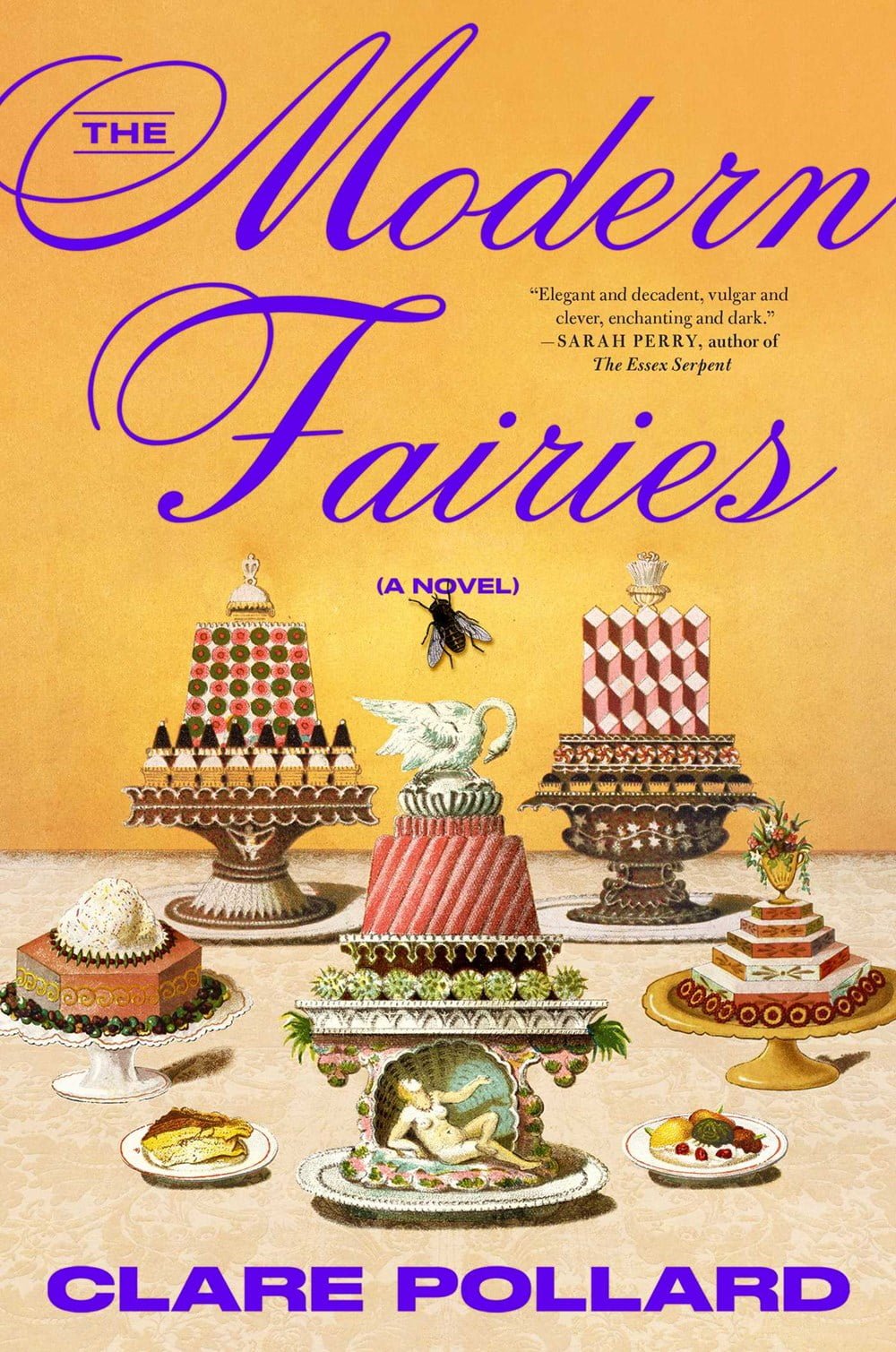An Introduction to Clare Pollard’s ‘The Modern Fairies’
Renowned poet and translator Clare Pollard brings a unique twist to classic fairy tales in her novel, ‘The Modern Fairies’. Set against the backdrop of the court of Louis XIV, the book cleverly intertwines gossip, flirtations, and the complexities of love with well-known tales such as ‘Cinderella’, ‘Puss in Boots’, and ‘Rumpelstiltskin’. These stories, originally popularized at the court of Versailles, gain new life through Pollard’s witty and historically enriched narrative.

The Inspiration Behind the Novel
‘The Modern Fairies’ is inspired by the real-life salon gatherings hosted by Madame Marie d’Aulnoy, a woman with a tumultuous past marked by imprisonment and an unhappy marriage. D’Aulnoy and her circle were pioneers in collecting and sharing folk tales, preceding the Brothers Grimm by a century. Their lives, filled with wicked mothers, treacherous husbands, and other dramatic elements, mirrored the themes of the stories they cherished.
A Web of Intrigue and Scandal
Pollard’s novel not only recounts these fairy tales but also delves into the lives of their tellers. Charles Perrault, a wealthy advisor to the king and eventual famous author, joins the group. The gatherings become a hotbed of intrigue, with a spy among them and the constant threat of scandal looming over their heads. Misdirected love letters, cheating spouses, and the vigilant eyes of the clergy and police add layers of tension to the narrative.
The Duality of Fairy Tales and Reality
Each fairy tale in ‘The Modern Fairies’ serves as a reflection of the teller’s own life, whether dealing with a violent husband, a younger lover, or a jealous rival. An all-knowing narrator, potentially representing Pollard herself, offers insights into the societal constraints faced by these noblewomen and the subversive power of their stories. Pollard’s work emphasizes the importance of these women in preserving and transforming oral traditions into written ones, ensuring their continued enjoyment for generations to come.


